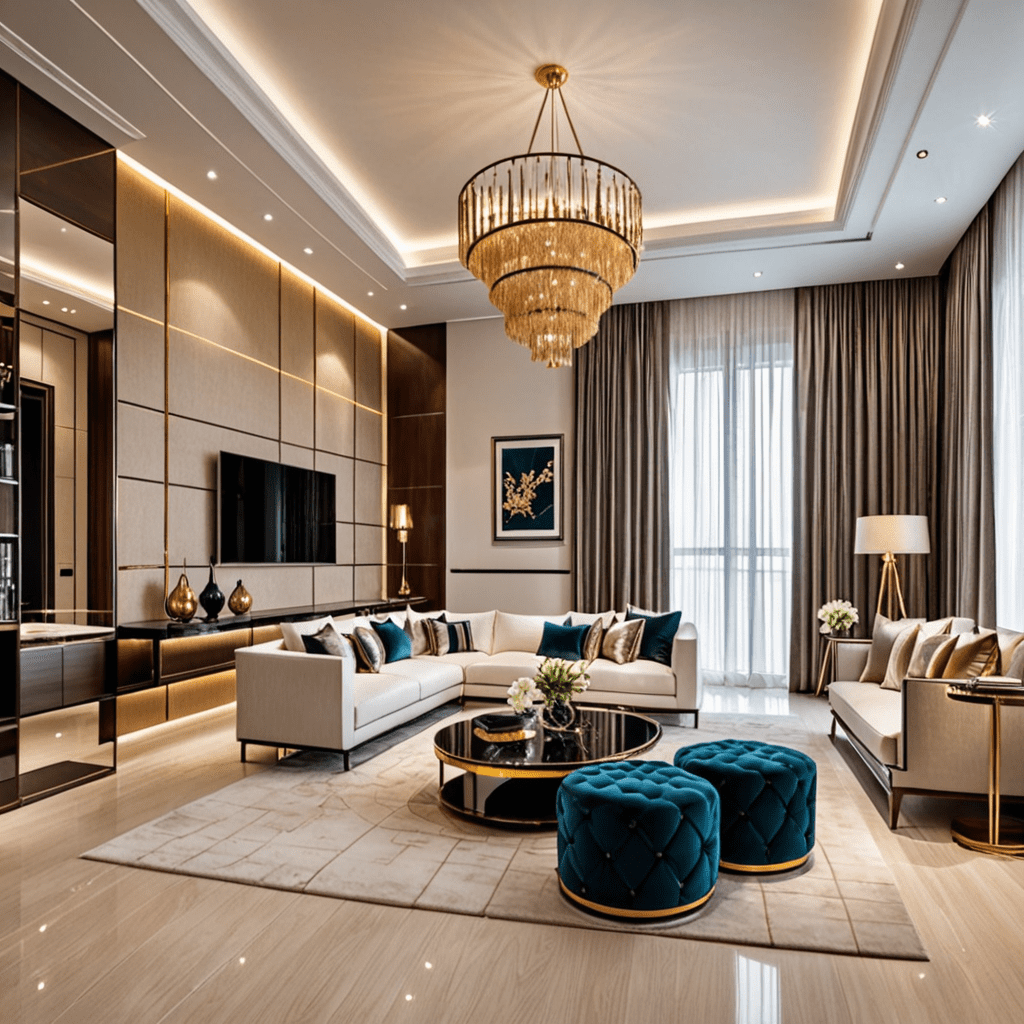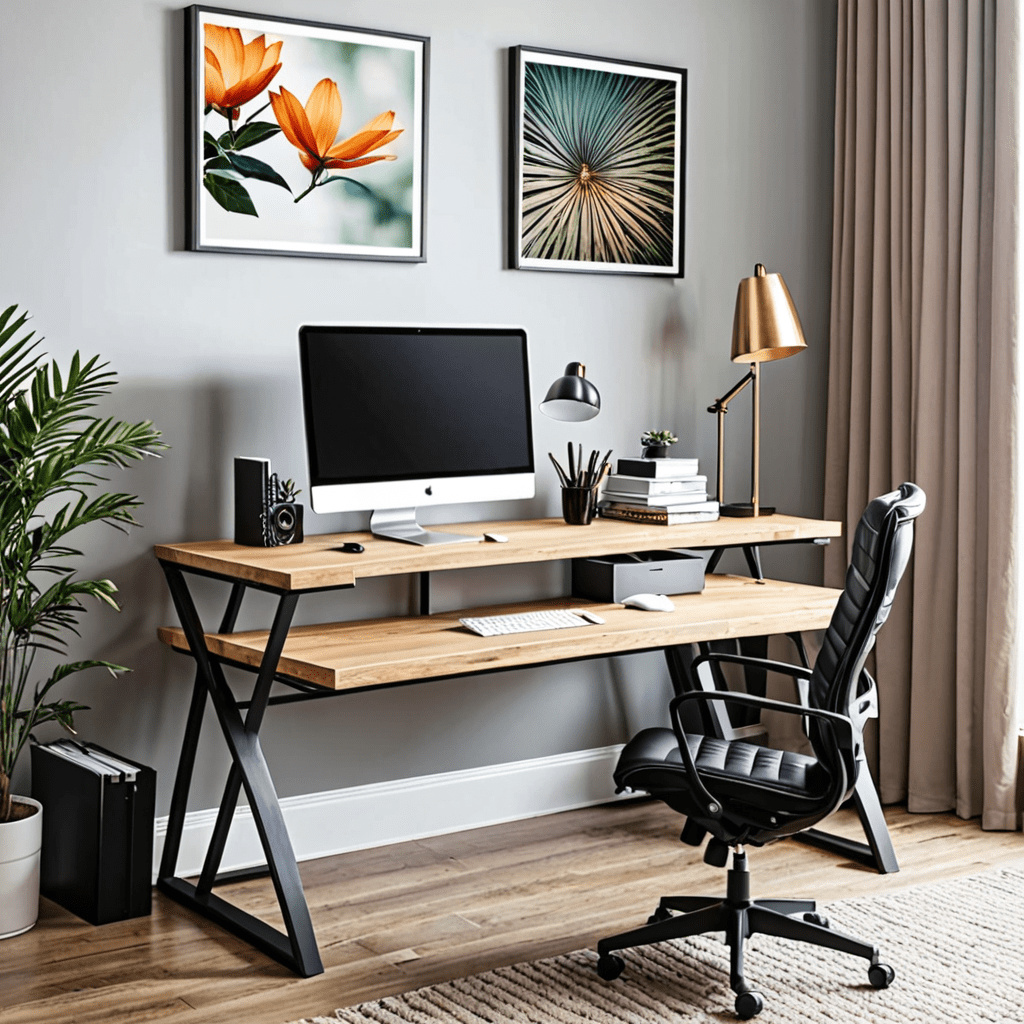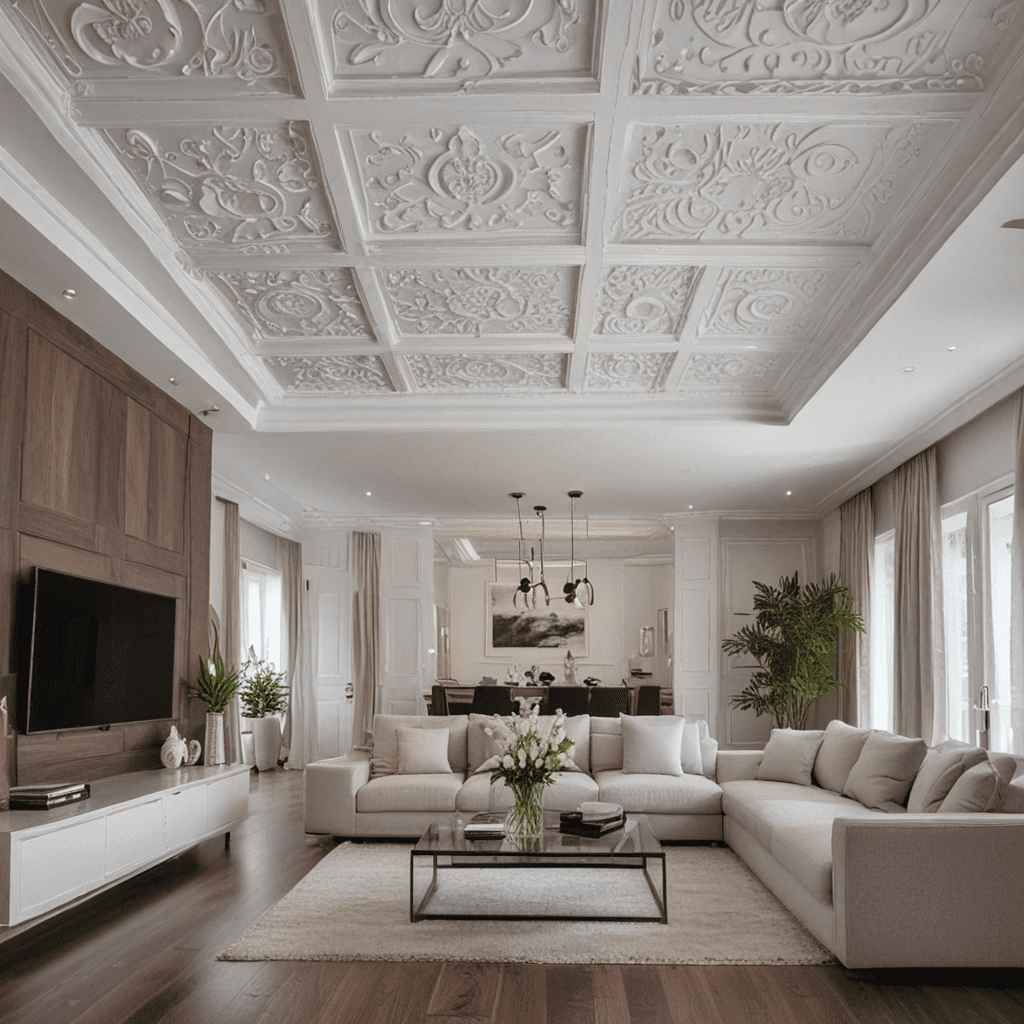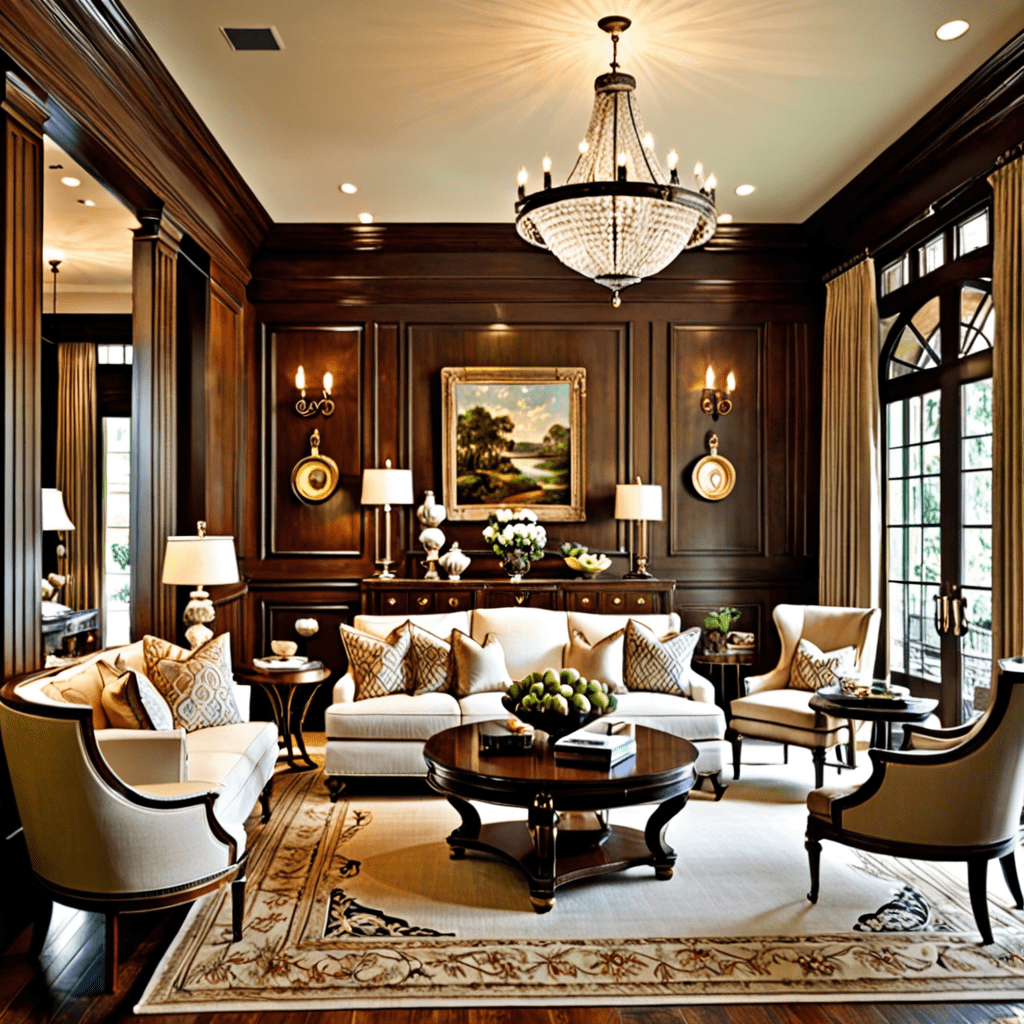Creating Harmony: Mastering Asymmetrical Balance in Interior Design


Creating Harmony: Mastering Asymmetrical Balance in Interior Design
In the world of interior design, balance plays a crucial role in creating a harmonious and visually appealing space. While symmetrical balance is often preferred, asymmetrical balance offers a unique and dynamic approach to design. This style embraces the idea of creating equilibrium through the strategic placement of different elements. In this article, we will dive into the concept of asymmetrical balance in interior design and explore how to achieve balance and harmony in your own space.
Understanding Asymmetrical Balance
Asymmetrical balance is all about achieving equilibrium without relying on symmetry. It involves the use of objects, colors, and textures that differ in size, shape, and weight but still maintain a visual balance. By utilizing contrasting elements, you can create a sense of movement and energy in your design while still ensuring a cohesive look.
Creating a Focal Point
When working with asymmetrical balance, it’s essential to establish a focal point in your space. This focal point will serve as the center of attention and anchor the rest of the design. It could be a striking piece of artwork, a bold accent wall, or a unique furniture arrangement. By placing emphasis on one element, you can create a sense of visual balance within the asymmetry.
Playing with Scale and Proportion
To achieve a harmonious asymmetrical balance, playing with scale and proportion is key. Incorporating objects of varying sizes and heights can add interest and depth to your design. For example, you can pair a large, statement piece of furniture with smaller, more delicate accessories to create an intriguing contrast. Experimenting with different proportions will help create a balanced and visually pleasing composition.
Understanding Color and Texture
Color and texture also play a vital role in achieving asymmetrical balance. When working with an asymmetrical design, it’s crucial to balance the distribution of colors and textures throughout the space. Consider using complementary colors or contrasting textures to create a sense of harmony. For instance, pairing a smooth, glossy surface with a rough, textured material can add dimension and balance to your design.
Embracing Negative Space
Negative space, also known as empty or white space, is an essential aspect of asymmetrical balance. It refers to the areas in a design that are intentionally left blank or unoccupied. Embracing negative space allows the eye to appreciate the elements within the design while creating a sense of openness and calm. By strategically incorporating negative space, you can enhance the overall asymmetrical balance of your interior.
Striking the Right Balance
Achieving asymmetrical balance requires a careful and thoughtful approach. Here are some practical tips to help you strike the right balance in your design:
- Start with a focal point and build the rest of the design around it.
- Experiment with different scales and proportions to create visual interest.
- Incorporate contrasting colors and textures for a balanced composition.
- Embrace negative space to enhance the overall balance and create a sense of calm.
- Use the rule of thirds as a guideline when placing objects in your space.
- Regularly step back and assess your design to ensure the desired balance and harmony.
By following these tips, you can confidently navigate the world of asymmetrical balance and create a visually stunning interior.
FAQ
Q: Is asymmetrical balance suitable for every interior design style?
A: Yes, asymmetrical balance can be incorporated into any interior design style. Whether your style is modern, traditional, eclectic, or minimalist, asymmetrical balance offers a dynamic and exciting approach to creating harmony in a space.
Q: How can I prevent an asymmetrical design from appearing unbalanced or cluttered?
A: To prevent an asymmetrical design from looking unbalanced or cluttered, it’s essential to have a clear focal point and maintain visual hierarchy. Avoid overcrowding the space with too many contrasting elements and use negative space strategically to create a sense of openness.
Q: Can asymmetrical balance be achieved with multiple focal points?
A: Yes, it is possible to achieve asymmetrical balance with multiple focal points. However, it’s crucial to ensure that there is a hierarchy among the focal points, with one being more dominant than others. This hierarchy will help maintain visual balance and prevent the design from appearing chaotic.
Q: Are there any rules I need to follow when working with asymmetrical balance?
A: While asymmetrical balance allows for creative freedom, it’s still important to follow some basic design principles. These principles include maintaining a sense of equilibrium, avoiding excessive clutter, and ensuring that the elements within the design are harmoniously balanced, even if they differ in size, shape, or color.
Q: Can asymmetrical balance be achieved on a budget?
A: Absolutely! Asymmetrical balance is more about the thoughtful placement and arrangement of elements rather than the cost of the items themselves. By repurposing existing furniture, incorporating DIY projects, or shopping for affordable decor, you can achieve asymmetrical balance without breaking the bank.
Q: Can I mix asymmetrical balance with symmetrical balance in my design?
A: Yes, mixing asymmetrical balance with symmetrical balance can create a visually interesting and dynamic design. By incorporating both styles, you can create depth and complexity in your space. Just remember to maintain overall harmony and ensure that the different types of balance complement each other.
In conclusion, asymmetrical balance offers a unique and dynamic approach to interior design. By understanding its principles and following some practical tips, you can create a harmonious and visually stunning space. So go ahead, embrace asymmetry, and let your creativity flourish!





